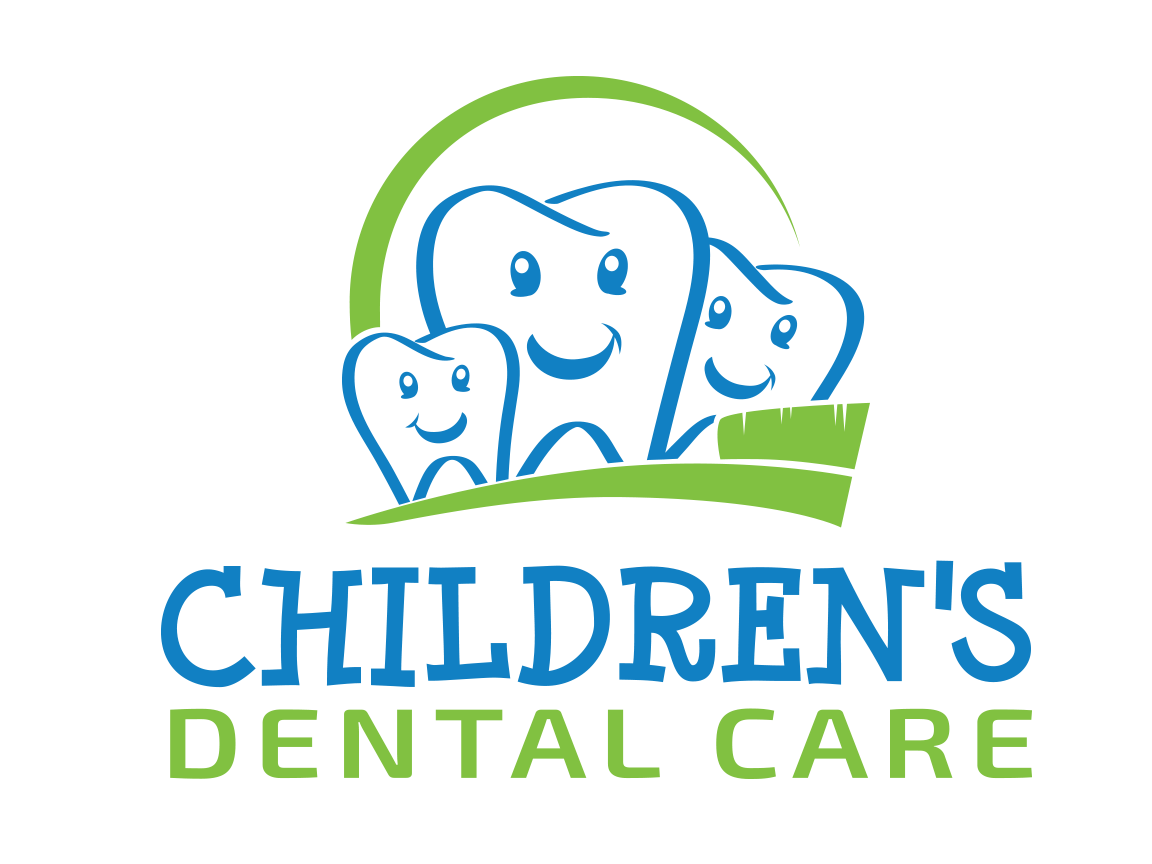Dental FAQs > Dental FAQs Category > Dental X-Rays
Radiographs (X-Rays) are a necessary part of your child’s dental diagnostic process. Without them, certain dental conditions can and will be missed.
X-Ray’s detect much more than cavities. For example, X-Rays may be needed to survey erupting teeth, diagnose bone diseases, evaluate the results of an injury, or plan orthodontic treatment. X-Rays allow dentists to diagnose and treat health conditions that cannot be detected during a clinical examination. If dental problems are found and treated early, dental care is more comfortable for your child and more affordable for you.
The American Academy of Pediatric Dentistry recommends X-rays and examinations every six months for children with a high risk of tooth decay. On average, most pediatric dentists request radiographs approximately once a year. It is recommended that your child obtain a complete set of radiographs approximately every three years, either a panoramic and bitewings or periapicals and bitewings.
Pediatric dentists are particularly careful to minimize the exposure of their patients to radiation. With contemporary safeguards, the amount of radiation received in a dental X-ray examination is extremely small. The risk is negligible. In fact, the dental X-rays represent a far smaller risk than an undetected and untreated dental problem. Lead body aprons and shields will protect your child. Today’s equipment filters out unnecessary X-rays and restricts the X-ray beam to the area of interest. High-speed film and proper shielding assure that your child receives a minimal amount of radiation exposure.
Last updated on June 7, 2010 by Children's Dental Care





